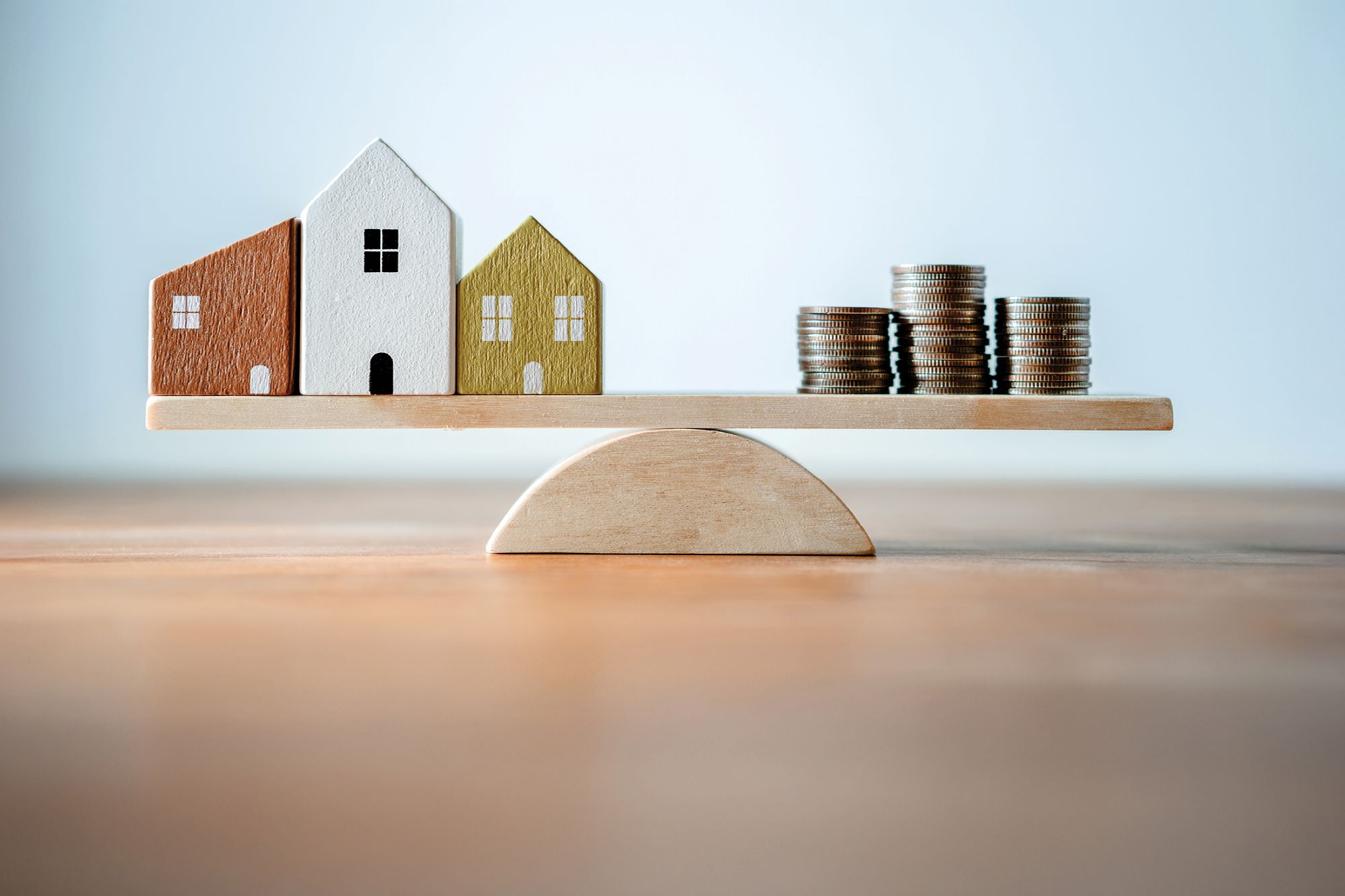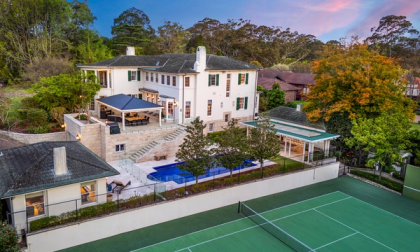
Investment property deposits | What you need to know in 2025
If you're thinking about investing in property, one of the first things you need to know is how much deposit is required.
Most Australian lenders ask for a 10–20% deposit, so it’s worth knowing what that means for your budget. Doing so can help you plan your finances, compare loans, and understand your borrowing power. All this can help you determine how viable the investment will be.
In this article, we’ll present a simple, easy-to-follow guide on investment property deposits. In particular, we explain how much deposit is needed, what factors affect the amount, and how to get your finances ready to make a purchase.
Understanding the standard 20% deposit requirement
When buying an investment property in Australia, most lenders prefer a 20% deposit of the property’s purchase price. This amount is considered the standard because it keeps the Loan-to-Value Ratio (LVR) at a safe level for both the borrower and the lender.
LVR is a measure used by lenders to assess the risk of a home loan. It’s calculated by dividing the loan amount by the property’s value. So, if you’re buying a property worth $600,000 and you put down a $120,000 deposit, your LVR would be 80%.
That’s the sweet spot many lenders look for, as it signals lower risk and often means you can avoid paying Lenders Mortgage Insurance (LMI).
The primary reason why lenders follow the 20% rule is that they perceive those with a larger deposit as being more financially capable of paying off the loan. After all, if you can save up enough over time for a large deposit, you should be able to regularly make your repayments.
The 20% deposit also acts as a buffer for lenders in case property values drop or your financial situation changes.
At the same time, for those who have a 20% deposit, their level of debt will be reduced. They are often rewarded with better interest rates, lower borrowing costs, and more loan options.
Without question, it is advantageous to have the full 20% deposit. However, if you don't, there are still options available to you, which we’ll explore next.
Investing with a low deposit: What to know about LMI
It’s still possible to buy an investment property in Australia with as little as a 10% or 5% deposit. However, this depends on the lender and your financial situation.
If you go down this path, you’ll likely need to pay Lenders Mortgage Insurance (LMI), but it can make it possible to get into the market sooner, even with a smaller deposit.
LMI is a one-off insurance premium that protects the lender (not you) if you default on your loan. It’s usually required when your Loan-to-Value Ratio (LVR) is above 80%. The cost depends on several factors, like your loan amount, LVR, and whether the property is for an investment or to live in.
For example, if you're purchasing a $600,000 investment property with a 10% deposit ($60,000), you’ll need to borrow $540,000. The LMI on this could range from $10,000 to $15,000, depending on the lender. This cost is usually added to your loan, which means you’re now borrowing more and paying interest on that additional amount.
While a lower deposit might get you into the market sooner, it does come with trade-offs. You'll likely face higher monthly repayments and higher interest rates. Additionally, you will be more exposed if the cash rate rises or the property market softens.
It is important to understand these risks when weighing up your low deposit options. This is especially true if you're relying on rental incomes to service your loan.
Investment loans vs owner-occupier loans
When it comes to home loans, lenders make a clear distinction between owner-occupier loans and investment loans. If you’re buying an investment property, your loan is treated differently from someone purchasing a primary residence.
The main difference is in the interest rate and loan features. Investment loans typically have higher interest rates and may come with stricter lending criteria. That’s because lenders view investment properties as a higher risk. This is especially the case if the borrower is relying on rental income to make loan repayments.
In addition, some tax benefits, such as interest deductibility, apply to investment loans but not owner-occupied ones. This can make managing your property investment more complex. That said, it can also potentially be more rewarding over time.
How to fund your investment property deposit
Coming up with a deposit for an investment property doesn’t have to rely on savings alone. Depending on your financial position and long-term goals, there may be a few different ways to fund it.
The most common way to fund a deposit is through personal savings, often held in a standard savings account or a term deposit. A term deposit lets you lock away money for a fixed period at a guaranteed interest rate, which can help grow your savings over time. It’s a simple, low-risk approach, but it can take a while, especially if you’re aiming for a 20% deposit.
Another popular option is tapping into the equity in your current home. If your existing property has increased in value, you may be able to access this usable equity as a deposit. Many property investors use this strategy to grow their property portfolio without needing large cash reserves.
Guarantor loans are another possibility. A close family member, often a parent, can offer their home as security, helping you avoid Lenders Mortgage Insurance and get into the market sooner.
If you have a self-managed super fund (SMSF), you may also be able to buy an investment property through it. But this is a complex strategy and should only be considered with professional advice and a solid understanding of SMSF rules.
Whichever option you choose, make sure you do your due diligence and talk to lending specialists.
Additional costs to consider when buying an investment property
It’s easy to focus just on the deposit, but it’s not the only cost to plan for. There are several other upfront expenses that can add thousands to your initial outlay, so it’s important to factor them in early.
One of the biggest costs you’ll face is stamp duty, which varies by state and depends on the property value. It’s a government charge that needs to be paid shortly after settlement.
You’ll also want to budget for building and pest inspections. These help uncover potential issues with the property and can save you from expensive surprises down the track.
Don’t forget about legal and conveyancing fees, too. A licensed professional will handle the paperwork, contracts, and transfer of ownership, which are essential for a smooth transaction.
In addition to upfront costs, there are ongoing expenses that need to be budgeted for. These include landlord insurance, property management fees, rates, and repairs. These can all add up quickly.
Factors that influence how much deposit you’ll need
Several factors can influence how much deposit you’ll need when buying an investment property in Australia.
One of the biggest is your Loan-to-Value Ratio (LVR). As mentioned earlier, the LVR compares your loan amount to the property’s market value. Therefore, a lower LVR (i.e. a higher deposit) reduces the lender’s risk and can help you avoid Lenders Mortgage Insurance.
Your financial situation also plays a major role in how much deposit you’ll need. Lenders will look at factors like your credit score, income, existing loan repayments, and debt to determine how much you can borrow. If your borrowing power is strong, you may be able to negotiate better terms or even access more flexible loan options.
Lastly, different lenders have different criteria. Some will stick strictly to a 20% deposit requirement. However, others may offer low-deposit loans to investors with strong finances or previous experience.
For this reason, it is a good idea to speak with experienced mortgage brokers or loan specialists who can help you compare what’s available.
Summing Up
When it comes to buying an investment property in NSW, standard practice is to have a 20% deposit. That said, there are options available for those with lower deposits. But they do come with added costs like LMI.
No matter the size of your deposit, it’s worth thinking carefully about whether an investment property is the right fit for you. While the idea of owning an asset is appealing, it’s important to make sure you can manage it comfortably and with confidence.
If you’re ready to explore the investment property market, the team at DiJones is here to help. We will provide you with expert advice, local market knowledge, and personalised support to identify the right option for you.
Please contact us today to kickstart your search.
FAQs
Can I buy an investment property with no deposit?
It could be possible in some cases, but it’s rare. You’ll usually need to use existing equity from your current home or get support through a guarantor loan. Lenders will still assess your borrowing power, credit history, and the property value.
Do I have to pay lenders mortgage insurance (LMI) on an investment loan?
If your loan-to-value ratio (LVR) is over 80%, you’ll likely need to pay LMI. This protects the lender, not you, and adds to your loan amount.
Can I use my self-managed super fund (SMSF) for a deposit?
Yes, but it’s complex. Buying through an SMSF requires strict compliance and professional advice. However, it may suit long-term property investing goals.
What are the upfront costs besides the deposit?
You’ll need to budget for stamp duty, legal fees, pest inspections, and possibly landlord insurance. These will add to your property purchase.
Was this content helpful to you?






